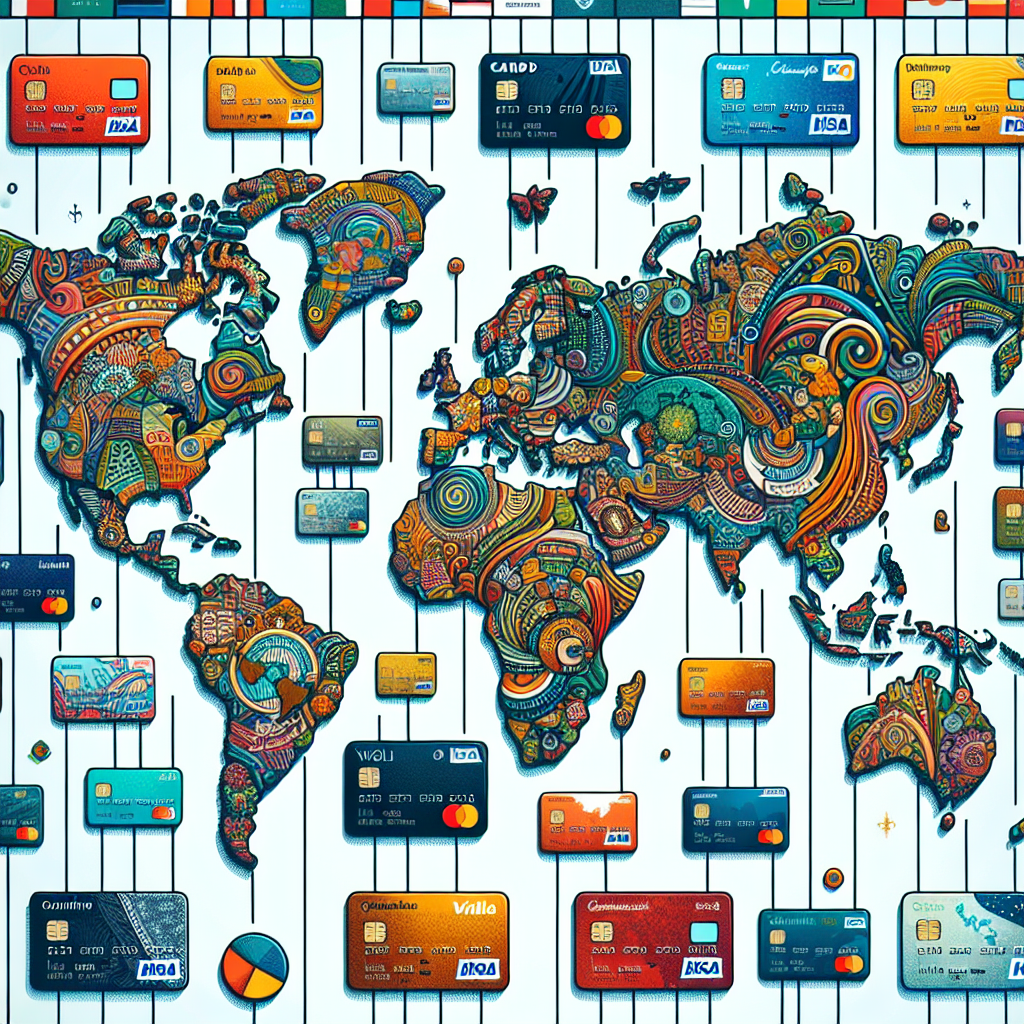Performing routine banking errands while on a shopping trip is a breeze with Walmart MoneyCenter, which brings you familiar bank-like services such as check cashing, money transfers, and checking accounts. This solution often serves as a handy alternative for those who find conventional banking less accessible or convenient.
That said, it’s wise to keep in mind that the MoneyCenter’s financial toolkit is somewhat narrow compared to traditional banks, meaning its range of services doesn’t stretch as far.
Essential Insights
- Walmart MoneyCenter provides fundamental banking features—like check cashing, money transfers, and checking accounts—though its offerings are less comprehensive than those of accredited banks.
- Concerns have been raised about the security of Walmart’s money transfer services, with accusations pointing to a lax stance on fraud and profiting off associated fees.
- For individuals barred from opening standard checking accounts, alternative financial tools exist, including second-chance accounts and peer-to-peer payment platforms.
The Nuts and Bolts of Walmart MoneyCenter
Much like your neighborhood bank, Walmart MoneyCenter equips customers with banking products to manage daily financial tasks. While it doesn’t hold customers’ deposits directly, it collaborates with trusted financial institutions to bring you these offerings.
One standout product under its umbrella is the account tied to Green Dot, a recognized financial service provider.
The MoneyCenter also features a few noteworthy debit cards. The Walmart MoneyCard, backed by Green Dot Bank, rewards online Walmart shopping with 3% cash back and grants 1% back on in-store purchases—capped at $75 annually. Maintaining this card involves a monthly fee of $5.94, which disappears if you funnel at least $500 in direct deposits each month.
Another player in the debit card scene is the ONE debit card. Though ONE isn’t a bank per se and lacks direct FDIC insurance, your funds enjoy pass-through FDIC protection via its partner bank, provided they’re not held on a temporary card. This card boasts no monthly fees or minimum balance demands and includes a “savings pocket” paying an impressive 5% APY, contingent on receiving $500 or more in monthly direct deposits.
Typical Walmart MoneyCenter Business Hours
Generally, Walmart MoneyCenters roll out the welcome mat between 8 a.m. and 8 p.m. from Monday through Saturday, while Sunday hours usually stretch from 10 a.m. until 6 p.m.—though exact times can shift depending on location.
Services Rolled Out by Walmart MoneyCenter
| Green Dot Bank Account | Mobile checking account with FDIC coverage through Green Dot. |
| Walmart MoneyCard | Debit card with cashback perks, issued by Green Dot Bank. |
| ONE Debit Card | Debit card designed for direct deposits and savings growth, with FDIC pass-through protection. |
| Capital One Walmart Rewards Card | Credit card offering 5% cashback on Walmart.com purchases. |
| Coinstar | Machines converting loose change into cash, gift cards, or charitable donations. |
| Walmart2Walmart Money Transfers | Domestic money movement service powered by Ria. |
| Check Cashing | Ability to cash personal checks up to $200 and other checks up to $5,000. |
| Check Printing | Order customized checks either online or in-store. |
| Tax Preparation | Assistance with tax filing services provided by Jackson Hewitt, appointment required. |
| Bill Pay | In-store bill settling with an extensive roster of over 20,000 billers. |
How Secure is Walmart MoneyCenter?
Accounts like GO2bank and the Walmart MoneyCard carry FDIC insurance, while the Bluebird account benefits from FDIC pass-through protection—excluding temporary cards.
Still, safety concerns have dogged their money transfer service. In June 2022, Walmart faced a lawsuit accusing it of overlooking rampant fraud that siphoned hundreds of millions via its platforms between 2013 and 2018. Allegedly, Walmart raked in fees while scammers orchestrated schemes—ranging from IRS impersonations to fabricated family emergencies—using the money transfer network.
Claims in the lawsuit point to more than $197 million in fraudulent transactions flagged with Walmart, and a staggering $1.3 billion potentially linked to deceitful activity.
The FTC highlighted that, up to 2014, Walmart did not have a formal anti-fraud framework in place, and since then, it has breached its own safeguards multiple times—a red flag for anyone utilizing their transfer services.
Snapshot of Walmart MoneyCenter Fraud Allegations
- Fraud complaints involved approximately $197 million in Walmart transactions.
- $1.3 billion in payments suspected of fraud ties.
- Absence of formal anti-fraud policies before 2014.
- Multiple violations of fraud policies since implementation.
Banking Alternatives Beyond Walmart MoneyCenter
If you’ve bumped into walls trying to open a traditional checking account, don’t fret; several options can bridge the gap.
- Peer-to-Peer (P2P) Payment Platforms: Services like Zelle and Venmo make transferring money long-distance effortless. PayPal extends this convenience internationally.
- Wise: This platform streamlines both domestic and cross-border transfers, allowing online entry of sender and recipient bank details and payment via card or bank account. Plus, money transfers are accessible over the phone or at select bank branches.
- Wire Transfers: Though a traditional route, they often come with heftier fees compared to other methods.
Ultimately, Walmart MoneyCenter mirrors many services found at credit unions or banks but lacks their breadth—and has recently been under scrutiny for its role in money transfer fraud.
Luckily, if you’ve been shut out from standard accounts, second-chance checking services offer a lifeline, empowering you to rebuild creditworthiness and maintain sound banking habits.



